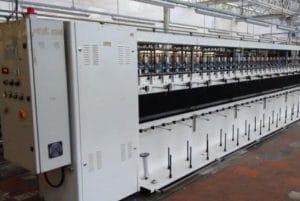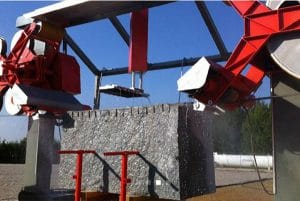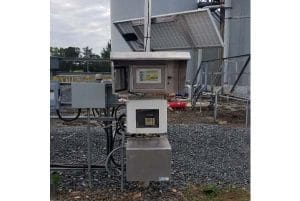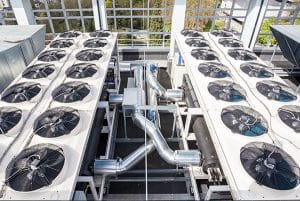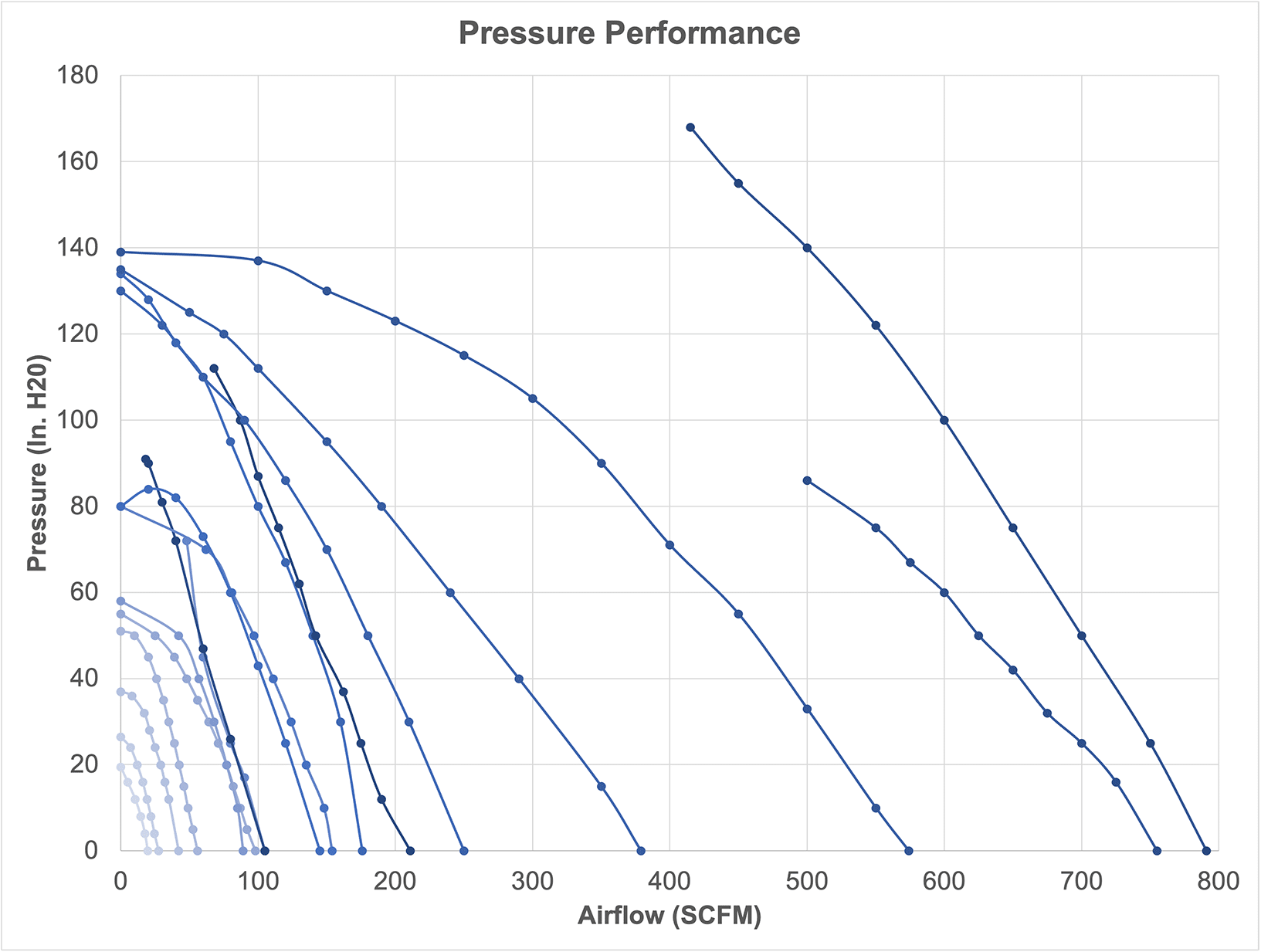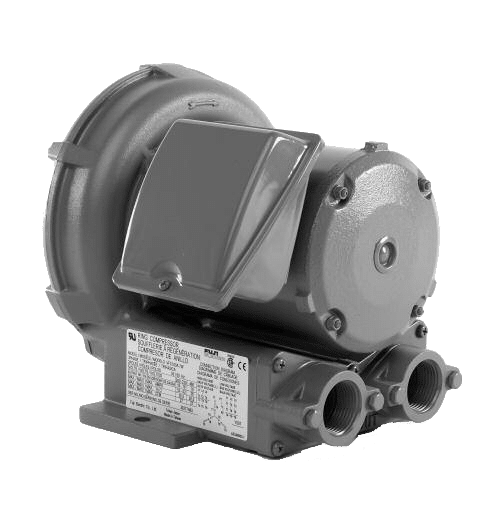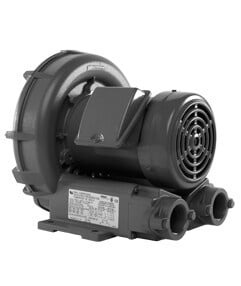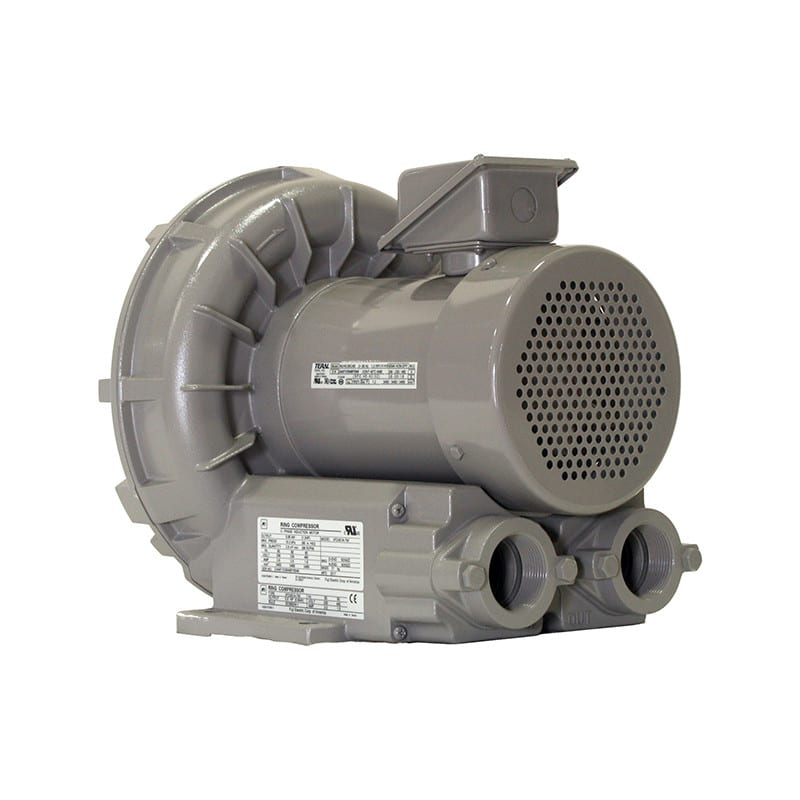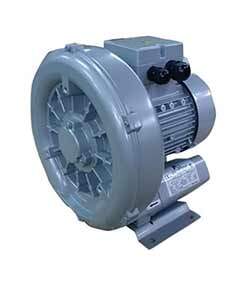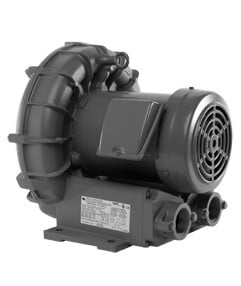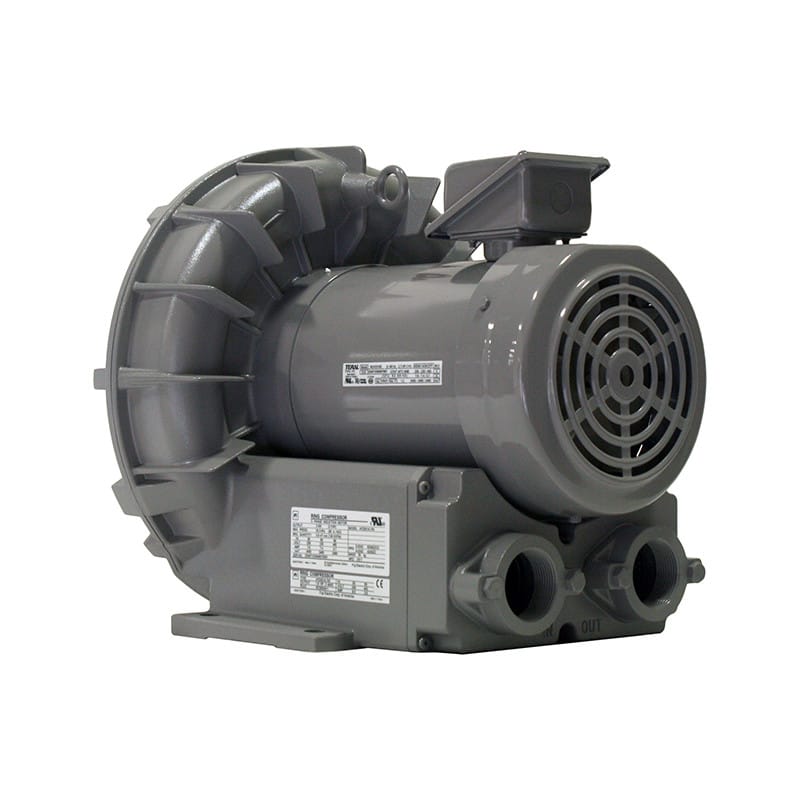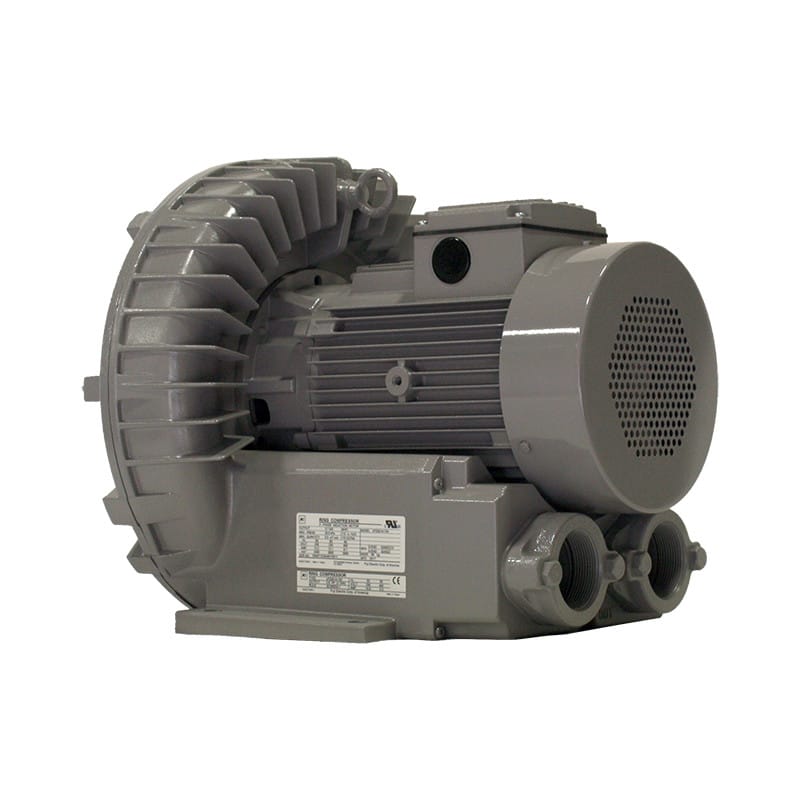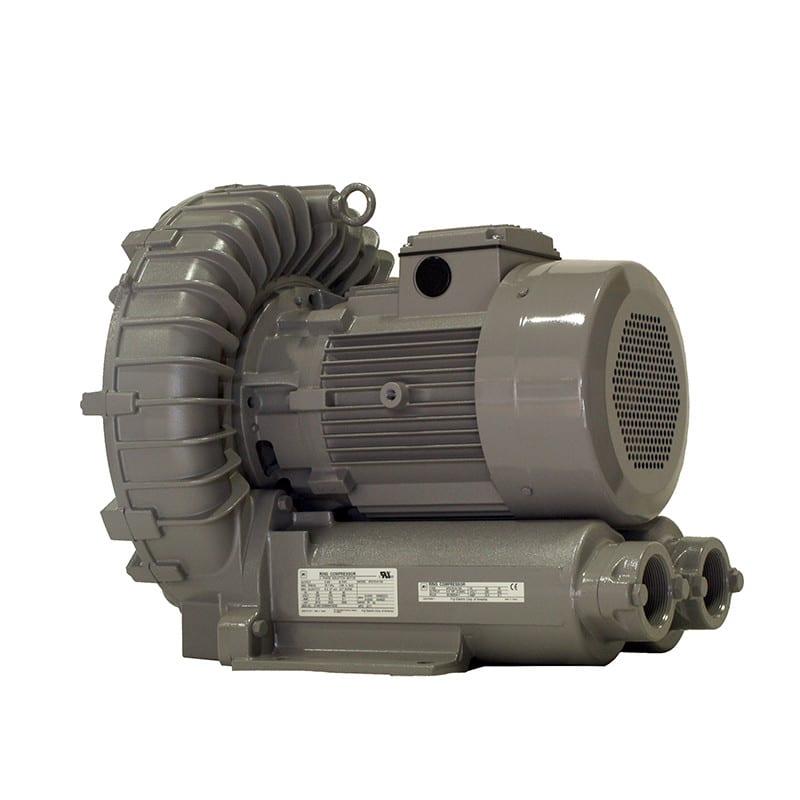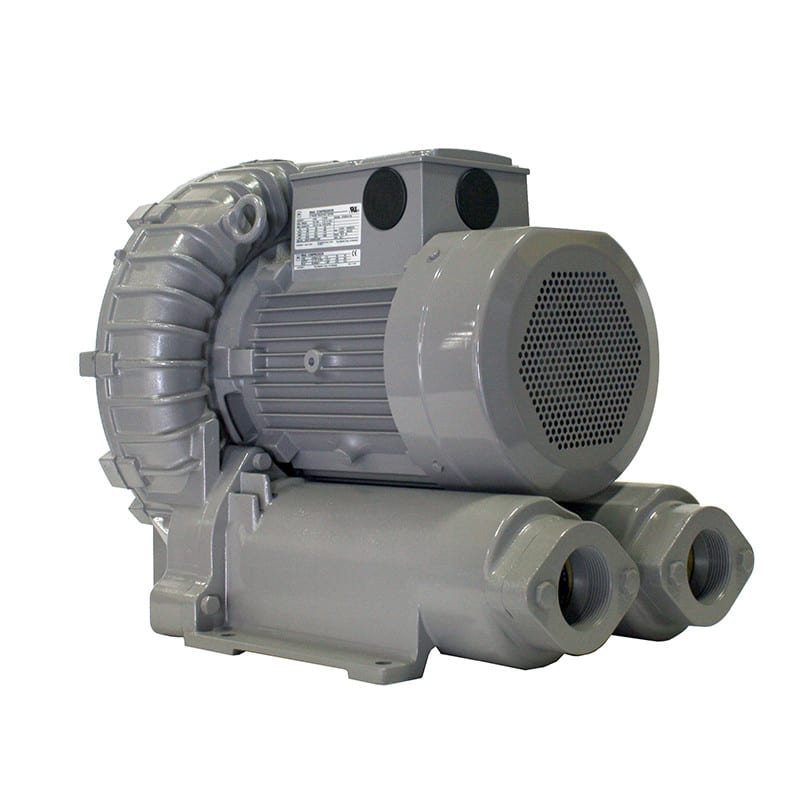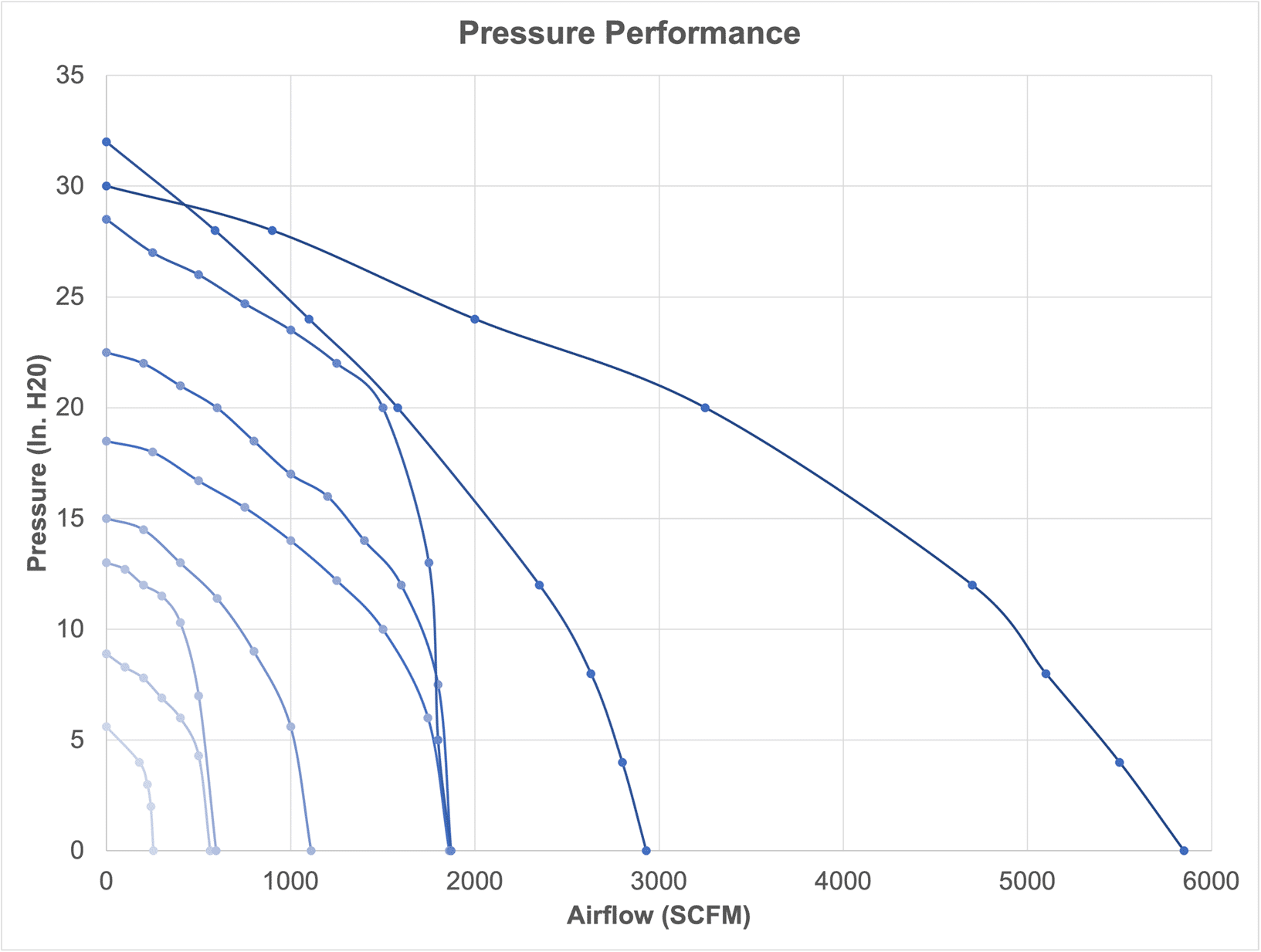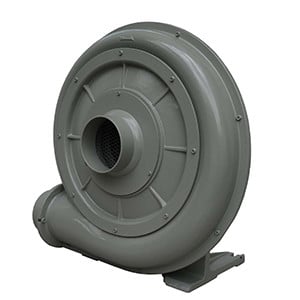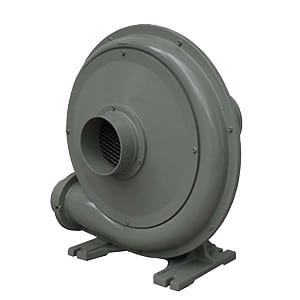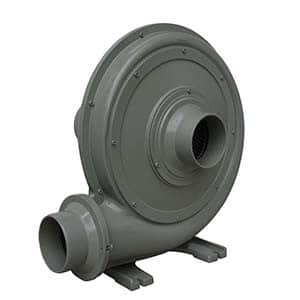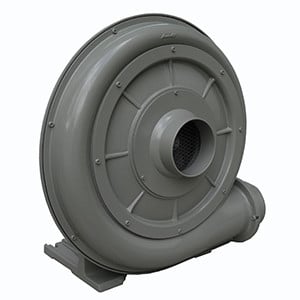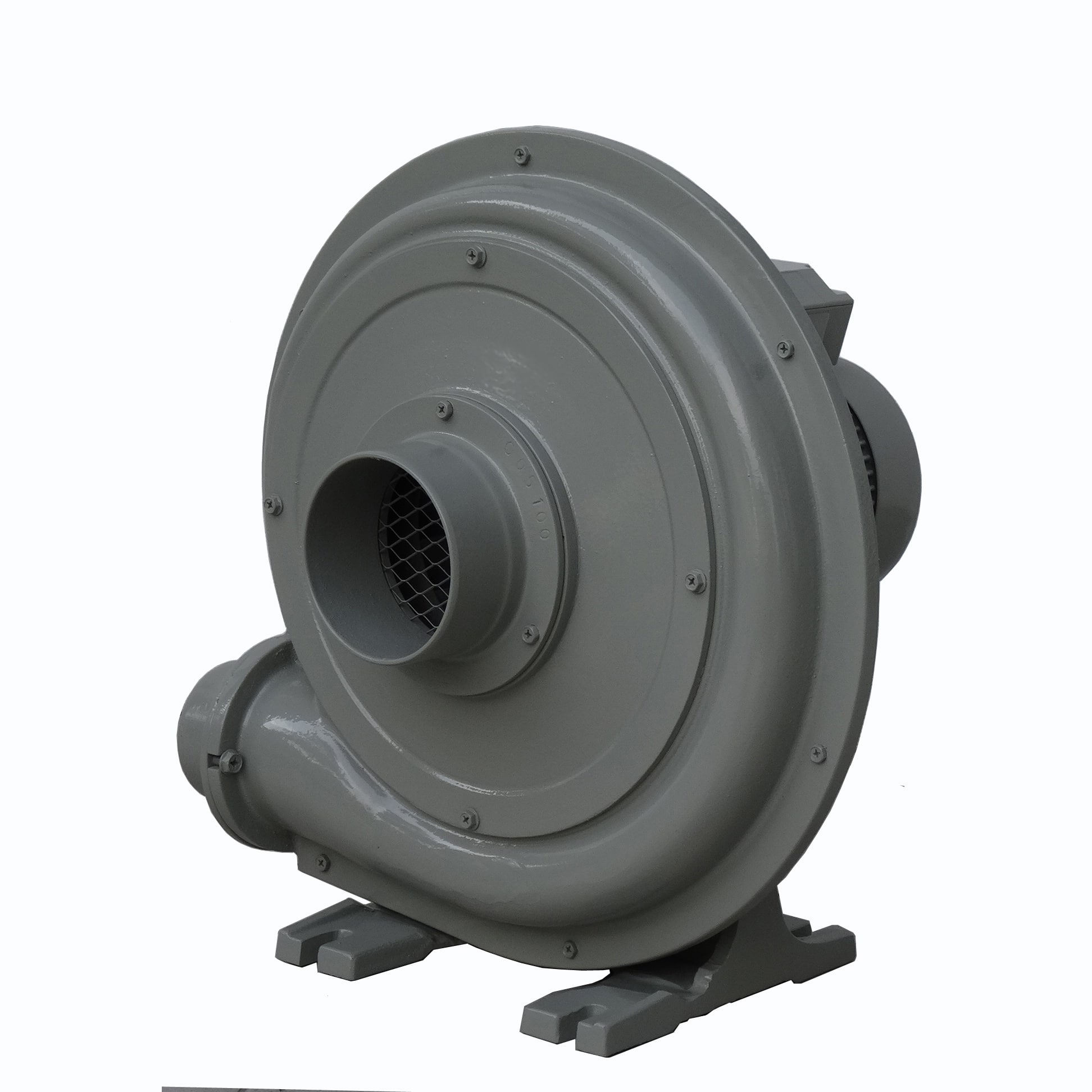In today’s technology-driven world, ensuring continuous and reliable power supply is paramount for businesses and critical applications. Uninterruptible Power Supply (UPS) systems are designed to provide backup power during outages, but what happens if the UPS itself fails? This is where UPS redundancy comes into play. This article explores what UPS redundancy is, its types, and why it is essential for maintaining power reliability and operational continuity. 
Understanding UPS Redundancy
UPS redundancy refers to the implementation of additional UPS units or components to provide a fail-safe mechanism. This redundancy ensures that if one UPS unit fails, another can seamlessly take over, preventing any disruption in power supply. Redundancy is a crucial aspect of power management, particularly in environments where continuous power is critical.
Types of UPS Redundancy
- N+1 Redundancy
Functionality: In an N+1 redundancy configuration, “N” represents the number of UPS units required to support the load, and “+1” indicates an additional UPS unit for redundancy.
Benefits:
- Simple and Effective: Provides a straightforward approach to redundancy, ensuring at least one UPS unit is available to take over if any unit fails.
- Cost-Effective: Offers a balance between cost and reliability, making it suitable for many applications.
Applications:
- Small to medium-sized data centers
- Enterprise IT environments
- Industrial applications
- 2N Redundancy
Functionality: 2N redundancy involves duplicating the entire UPS system, with each system capable of supporting the full load independently.
Benefits:
- Maximum Reliability: Provides the highest level of redundancy, ensuring continuous power even if one entire UPS system fails.
- Fault Tolerance: Each UPS system operates independently, offering complete fault tolerance.
Applications:
- Large data centers
- Mission-critical applications
- Financial institutions
- 2(N+1) Redundancy
Functionality: This configuration combines the principles of N+1 and 2N redundancy, providing two complete UPS systems, each with an additional UPS unit for redundancy.
Benefits:
- Enhanced Reliability: Offers superior redundancy and fault tolerance, ensuring continuous power even if multiple UPS units fail.
- Scalability: Suitable for growing organizations with increasing power demands.
Applications:
- Very large data centers
- Highly critical industrial operations
- Healthcare facilities
Why Do I Need UPS Redundancy?
- Ensures Continuous Operation
Functionality: UPS redundancy guarantees that power is continuously supplied to critical systems, even if one UPS unit fails.
Benefits:
- Zero Downtime: Prevents any interruption in power supply, ensuring that operations run smoothly without any downtime.
- Business Continuity: Maintains the continuous operation of essential services and processes, protecting against potential financial losses and reputational damage.
- Increases System Reliability
Functionality: Redundant UPS systems enhance the overall reliability of the power infrastructure by providing backup units that can take over in case of a failure.
Benefits:
- Fault Tolerance: Improves fault tolerance, ensuring that power disruptions do not affect critical operations.
- Reduced Risk: Minimizes the risk of power-related failures, enhancing the reliability of the entire system.
- Supports Maintenance and Testing
Functionality: Redundancy allows for maintenance and testing of UPS units without disrupting the power supply to critical systems.
Benefits:
- Scheduled Maintenance: Enables regular maintenance activities to be carried out safely, ensuring that UPS units remain in optimal condition.
- Testing and Upgrades: Allows for testing and upgrades of UPS systems without risking power interruptions, ensuring that the latest technologies and practices are implemented.
- Enhances Safety
Functionality: Redundant UPS systems contribute to the overall safety of the electrical infrastructure by preventing power failures that could lead to hazardous situations.
Benefits:
- Protects Equipment: Prevents damage to sensitive equipment caused by power fluctuations or interruptions.
- Ensures Compliance: Helps meet regulatory requirements and industry standards for power reliability and safety.
- Scalability and Flexibility
Functionality: Redundant UPS systems can be scaled to meet the growing power demands of an organization, providing flexibility in power management.
Benefits:
- Future-Proofing: Allows for easy expansion of power infrastructure as business needs grow.
- Adaptability: Offers the flexibility to adapt to changing power requirements and technologies.
Conclusion
UPS redundancy is a critical component of power management, ensuring continuous and reliable power supply for critical systems and applications. By implementing redundant UPS configurations, organizations can enhance system reliability, support maintenance and testing, improve safety, and provide scalability and flexibility for future growth.
Whether through N+1, 2N, or 2(N+1) configurations, UPS redundancy offers peace of mind by guaranteeing that power disruptions do not impact essential operations. Investing in UPS redundancy is not just about protecting equipment but also about ensuring business continuity, safeguarding financial stability, and maintaining a strong reputation for reliability and professionalism.





